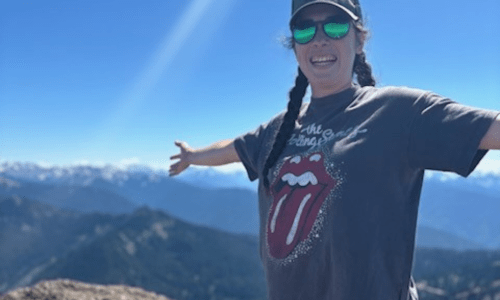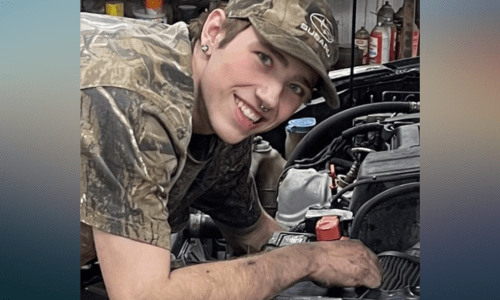Planning for college or training this year? Apply for the Vermont Grant.
I love Vermont: 6 reasons why I love raising my kids in the Green Mountain State (Stick Season and all)
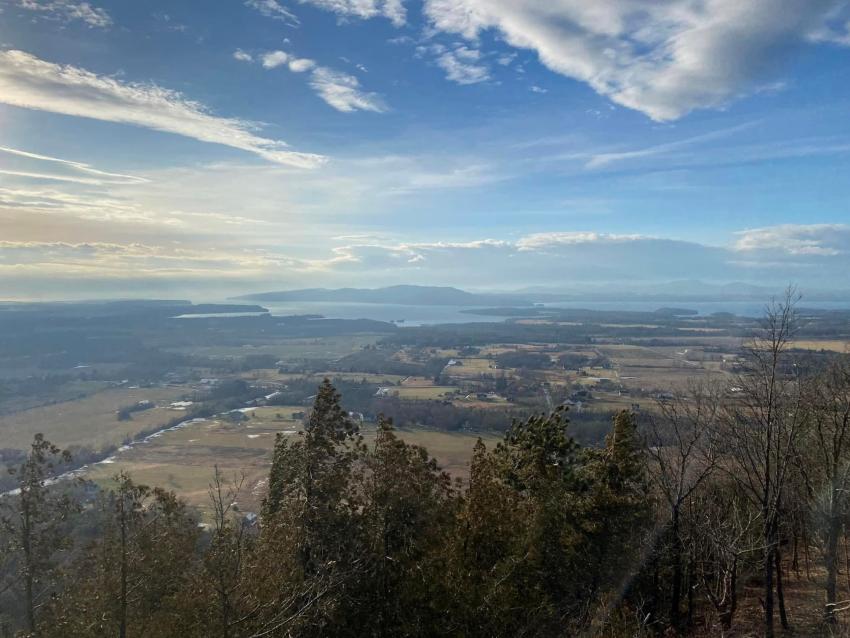
When I think about why I love raising kids in Vermont, more than the usual things come to mind. Vermonters love the outdoors (even in November, the season of the sticks), so yes, fresh air, unspoiled spaces, beautiful mountains and valleys, room to roam, and the ability to play outside all year long.
But what else? What is it about Green Mountain culture that really sets Vermont apart from other breathtaking places as a spot to learn, grow, and raise a family?
1. Seasons, and their intensity (including Stick Season)
In the past couple of years, the rest of the world has come to equate Vermont’s late fall/early winter to “The Season of the Sticks,” thanks to Vermont native and meteoric star Noah Kahan. But beyond inspired music by groundbreaking artists, we have the seasons—and their intensity.
I know Vermont year-round is not for everyone. But that spring breeze is so much sweeter after a deep freeze. The maple tree sap does not flow—and neither do I—until a long winter gives way to days where the mercury climbs above freezing. Like a maple tree, I’m built to endure a cold winter and treasure the opportunity to relax and restore in preparation for vibrancy. I also celebrate a cheerful spring, a red hot summer sun, and a colorful autumn. I wouldn’t have it any other way.
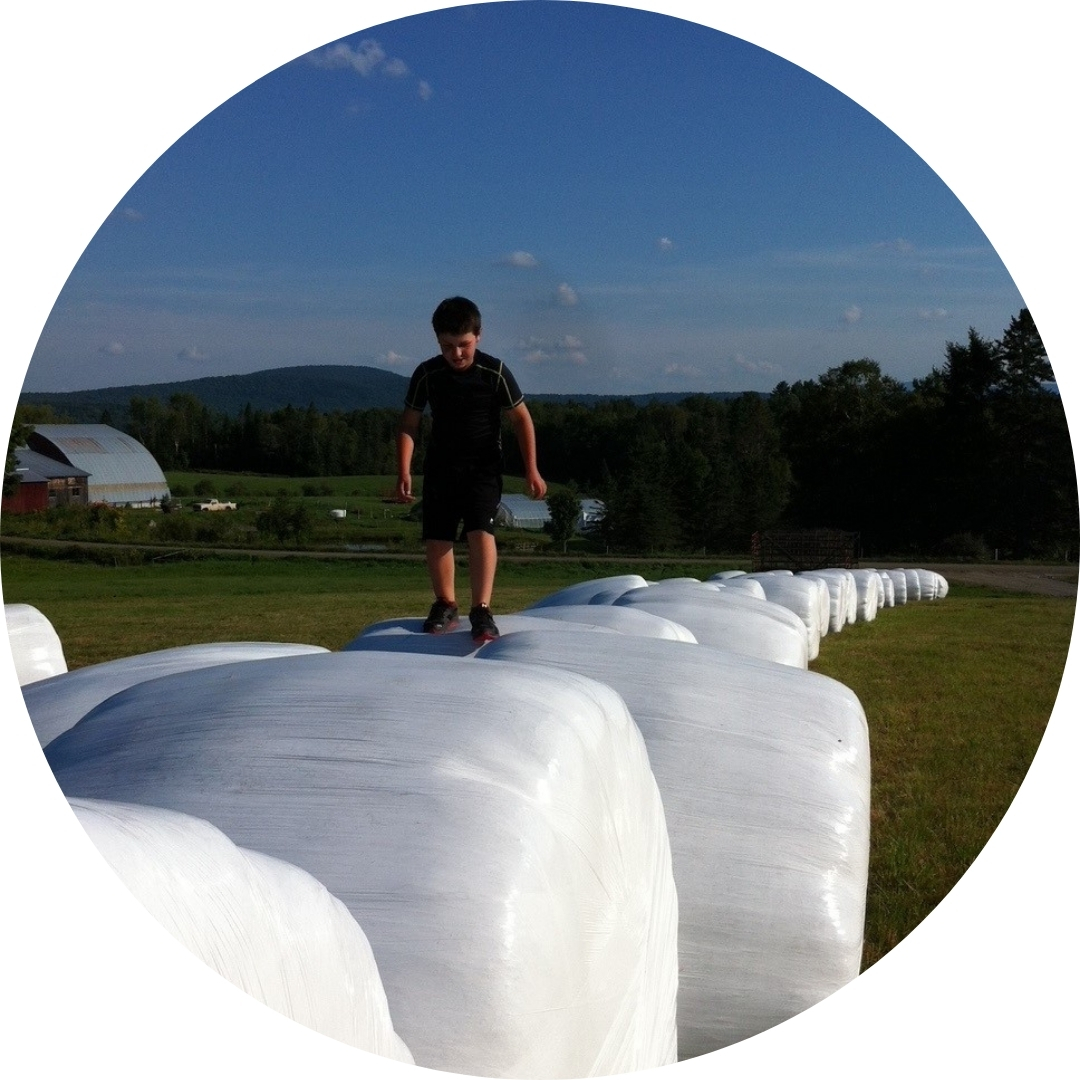
My kids have a different experience that is also so worthwhile. The seasons are the vehicle to learn many important qualities—resilience, contentment, and joy. There were lots of opportunities for lessons. For example, living in rural Cabot, we played “find the driveway after school"—which meant join me in shoveling ¼ mile hill (and have some fun). Hay-bale jumping was standard, and the hammock got a lot of use on weekends. There were no theme parks—although we did escape to the Pump House at Jay Peak, often on the coldest winter’s day—but it is a good life (after the driveway was indeed, found).
2. Diversity feeds our curiosity
Vermont isn’t often recognized for its racial or ethnic diversity. In fact, Vermont frequently appears in the media with the unfortunate distinction of being one of the least diverse states in the union. Recent trends provide evidence that Vermont's racial and ethnic diversity is increasing, particularly in Chittenden County.
Total population of Chittenden County from 2010 to 2020:
- Increased by nearly 12,000 people, or 7.5%, to 168,323
- 99.7% of the population growth over the last 10 years concentrated among residents who are Hispanic, Black or African American, Asian, American Indian or Native Hawaiian.
Of course, this is not just a Vermont problem. But the numbers are still minuscule (and historically underrepresented communities still face significant barriers).
There’s still a lot to love: when Vermonters do have an opportunity to share with each other and learn about the diversity around us, we tend to be interested. And that curiosity filters into schools, celebrations, and weekend events that families love.
Native American culture
While our state is small and sparsely populated, Vermont is home to four recognized tribes of Native Americans.
- The Elnu Abenaki Tribe was acknowledged through State Recognition on April 22, 2011
- The Nulhegan Abenaki Tribe acknowledged through State Recognition on April 22, 2011
- The Koasek Traditional Band of the Koas Abenaki Nation was acknowledged through State Recognition on May 7, 2012
- Abenaki Nation at Missisquoi was acknowledged through State Recognition on May 7, 2012
It’s important to continue to tell the story of native culture, and this is happening, through programs like the Lake Champlain Maritime Museum’s training on how to present Abenaki Culture in the classroom, the Abenaki language program at Middlebury College, and Shelburne Museum's announcement of a new Native American arts center.
Black-owned farming
The Clemmons Family Farm is a Black-owned farm on nearly 150 acres of beautiful Charlotte, Vermont farmland. This historic farm is one example of how Vermont honors the scant but vibrant racial diversity in our state through events, lectures, training, and conferences.
As part of their K-12 Ethnic Studies, Clemmons offers African-American history, art, and culture curriculum. The camp my daughter went to visits Clemmons Farm annually, as well. There are also more casual opportunities for Vermont kids to connect to Black culture, such as the locally-sourced dinner pop-ups hosted by UVM grad Harmony Edosomwan, a Nigerian American born and raised in Bronx, New York.
LGBTQ+ equality

Vermont was the first state in the union to support gay civil unions and the fourth to legalize gay marriage. Much of the country followed, but Vermont broke the ground for treating people who are LGBTQ+ and people who are straight equally.
There are plenty of opportunities for all people, to celebrate all people, in Vermont. One of the most fun parades I’ve ever experienced was the Pride parade in Burlington, where my kids and I marched as allies in what was essentially a huge fluid party, celebrating confidence and the freedom to be oneself.
Size and body type inclusivity
Vermont welcomed our new, nationally-known athlete, opera singer, Spanish teacher, mom, and resident, Mirna Valerio, with open arms. Mirna’s joy in being a Black woman who is simply loving life in Vermont is as infectious as her smile. In a short time, she touched many Vermonters of all shapes, sizes, and skin colors with a unifying message that is subtle yet powerful: I love Vermont for all the reasons you do.
And who could miss Ilona Maher, Vermont’s rugby Olympian? Ilona helped lead the United States to a bronze medal, as feminine as she is strong. Ilona chose the opening of the Olympics to release a video to tell the world that “all body types matter, all body types are worthy.” She followed her Olympic win with an appearance on Dancing with the Stars and a Sports Illustrated swimsuit shoot. Ilona’s almost daily reminders on social media reach generations with the drumbeat that there’s a place for everyone. I bet that Ilona’s confidence started here in her hometown of Burlington. Because there’s no doubt, there’s a place for everyone—in Vermont.
My daughter and I have experienced Vermont’s powerful sense of inclusivity on the trails, water, and bike paths of Vermont. We are weekend warriors, and we have always felt welcomed by other outdoor enthusiasts.
Embracing cultural celebrations
Our schools celebrate Hanukkah, Kwanzaa, and Ramadan with joy. We attend ethnic food pop-ups and Afro-Caribbean dance festivals, hungry to soak up something new.
While my kids were in elementary school, I attended cultural celebrations that were as diverse as the holidays themselves. Recently, I found myself in conversation with a group of adults about Diwali. I was able to answer their curious questions, and while I am no expert on Diwali, I am proud that I know enough (from my children’s experiences in school) to spark curiosity in others.
When Vermont Mom contributor Davida Murray wrote about her life as a Hasidic Jewish woman in Vermont, I was among many readers who were transfixed, so curious and deeply grateful that she shared her perspective.
Diversity isn’t always visible, or even available, in Vermont, particularly when we think about racial diversity. Sometimes, we just have to look a little harder. Don’t know where to start? Among many, these organizations’ websites to learn about events, workshops, and exhibitions.
And of course, we always have our collective curiosity.
3. Simply good food, for all
I don’t think I can write without talking about food, and Vermont food is hands down one reason this mom loves Vermont.
Time and time again small Vermont producers win major national and international awards. There’s a reason for that! Vermonters are fortunate to have access to a large variety of fresh, flavorful and nutritious locally made food.
- Winter Community Supported Agriculture (CSA) shares at our local farms
- Chef-prepared specialties for that fine dining occasion,
- Vermont brands that are well-stocked in any grocery store:
- Cabot
- Ben and Jerry’s
- Bove’s
- So many coffee brands!
These iconic Vermont brands paved the way for so many others: Vermont-made applesauce, chocolate, hot sauce, breads and baked goods, and more!
We really do have it all.
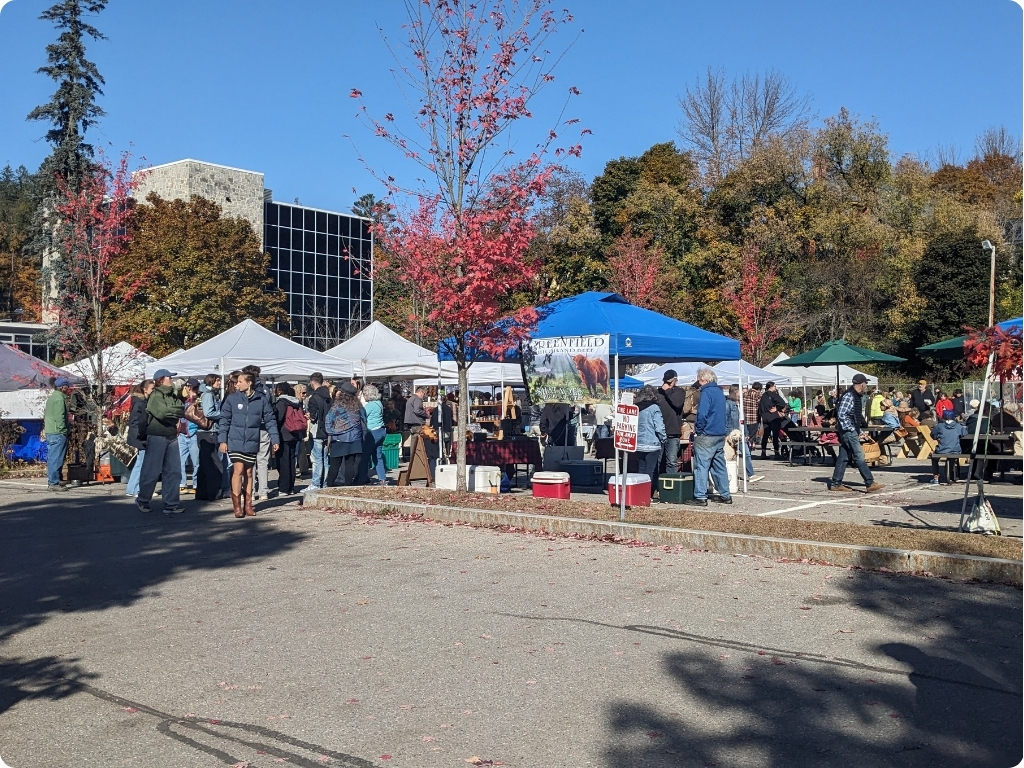
Perhaps more importantly, Vermont has also taken steps to increase food access. Programs like Crop Cash, a double-value coupon program hosted by the Northeast Organic Farming’ Association—Vermont actively encourages the purchase of fresh fruits, vegetables, herbs, seeds and starts at farmers markets that accept 3SquaresVT/SNAP benefits. Bread and Butter Farm in Shelburne introduced a sliding scale based on privilege for their CSA shares, and another new program provides farm stand gift cards to people experiencing food insecurity.
Local produce and value-added products dominate in our fridge and on our table. From the time my kids tasted their first sweet potatoes, they enjoyed grocery shopping and farmers markets. We even had a Buy Local float in the Cabot parade once. I value that all in our community are given pathways to buy local food, wherever and whenever we want. That makes Vermont special.
4. Our stories, one word at a time
Vermont stories, and the value we place on them, are one reason this mom loves Vermont. Our stories reflect our culture. They weave history one word at a time. Vermont’s stories are everywhere, etched in roadside historical markers, spoken and written in school competitions, carved in stones in centuries-old cemeteries. A number of organizations actively curate a river of biographical records through the stories they tell.
- The Vermont Folklife Center Archive chronicles the oral and ethnographic history to create a record of life in our state.
- Erica Heilman of Rumble Strip Vermont and Vermont Public, who “invites herself into people's homes to find out what they know, hate, love, what they’re afraid of, and what makes them more like you than you'd realized."
- Thea Lewis of Queen City Ghostwalk actively curates a river of biographical records through the stories she tells.
Rocket, Vermont’s self-proclaimed foodie, Vermonter adventurer, and “Senator,” creates a constant stream of content chronicling his travels. Vermont Public’s Made Here series channels Rocket’s boundless energy into eight episodes profiling Vermont’s food and farming businesses.
I love that we, as a culture, celebrate our stories and honor our storytellers in so many different ways.
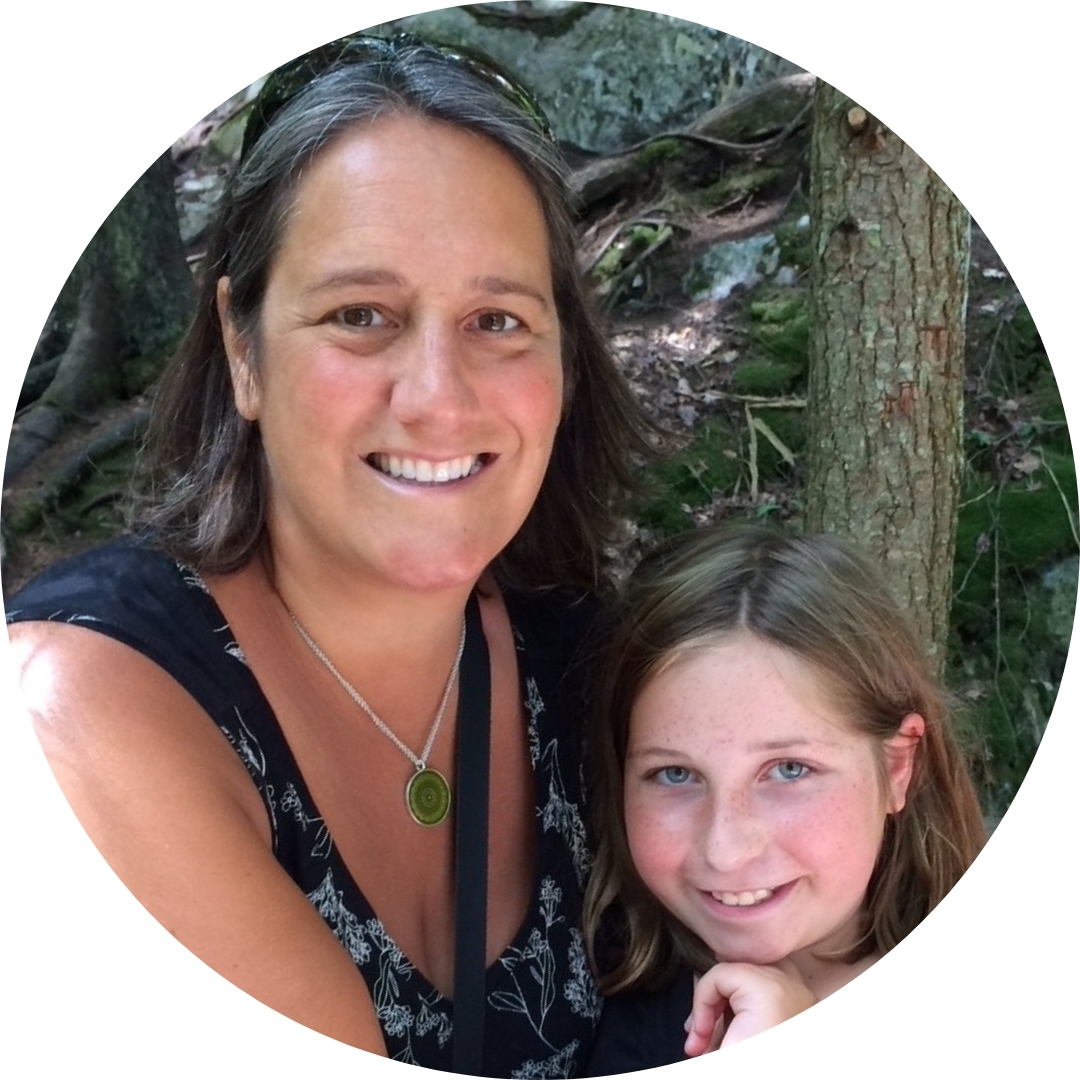
On a less organized level, my kids have learned that I stop for cemeteries, especially in more historic areas. A stroll through the headstones tells the stories of people who lived centuries ago; their names, their family structure, and sometimes, how they died.
I find our history fascinating, and I hope my kids do too. I think they may have—my daughter won a history award in fourth grade for a poster about Tropical Storm Irene—history to her. It may not have been headstones, but I was so proud.
5. Freedom to be
My class performed the musical “Free to Be You and Me” in elementary school. (Ironically, I experienced suburban Connecticut in the 1980s as one of the least free places I have ever lived, but kudos to the teachers for trying.) Forty years later, the words are indelibly etched in my mind: “Sing a song … for a land through the green country.” I migrated to Vermont for all of the Currier & Ives reasons. But at the core of my migration is freedom: the freedom to be. In Vermont, we find freedom to be ourselves.
Finding freedom to be myself may seem small compared to the essentials of human life that so many across the globe struggle to attain. Sustaining our happiness is at stake.
- I am able to feel comfortable wearing leggings all day
- Showing up in an exercise class where everyone else is decades younger, going for a walk in the dark, and
- Forgetting my dress shoes forever. It’s our choice… because we live in Vermont.
In Vermont, I have freedom to be me, and I love that my kids are having this experience too. Observing how they interact with friends, I see supportive and affirming teens—a far cry from my teenage experience. Growing up in Vermont has something to do with it.
6. We’re a hub for major Eastern cities
Vermont and its cities may be small, with a rural vibe and plenty of wild spaces close by, but we’re still just a day’s drive from Boston, New York, and Montreal. Being close to three major cities boosts our tourism while giving Vermonters easy access to new experiences and culture.
This relative closeness to cities is important to our children. When they graduate from high school, they often want to leave our state to see something new. I am fortunate that my son, and my daughter, chose to stay in Vermont for college. But I’m as aware as I was during their college search that sometimes our chapters require something new. My kids, Vermonters, continue to find something new in Vermont, right now, anyway. Now, it’s the opposite from when they were little—they take me with them on paths of discovery.

Sometimes our stories need a scene change as they are written. I don’t know where either my son or daughter will go after college. But, I hope that someday as adults, they’ll continue to see new opportunities in our state, and they will once again choose Vermont as their next-stage-in-life home.
In an earlier career, I traveled to trade and consumer shows to promote Vermont vacations. I can’t tell you how many times people would clasp their hands wistfully and say, “Vermont… so beautiful…” I didn’t have to sell anything. Vermont’s brand is strong thanks to our cheese, beer, ice cream, skiing, hiking, foliage, farm animals, and covered bridges.
Vermont is famous. But there’s something special about Vermont that goes beyond our reputation. When it comes to Vermont, our parts are greater than our whole. Our culture lies at the foundation of every pretty photo. Our kids grow and thrive, to become Vermonters—whatever that means to each of us. That’s why this mom loves Vermont. How about you?
A version of this blog originally appeared on Vermont Moms, a locally-focused Vermont community and parenting resource.




